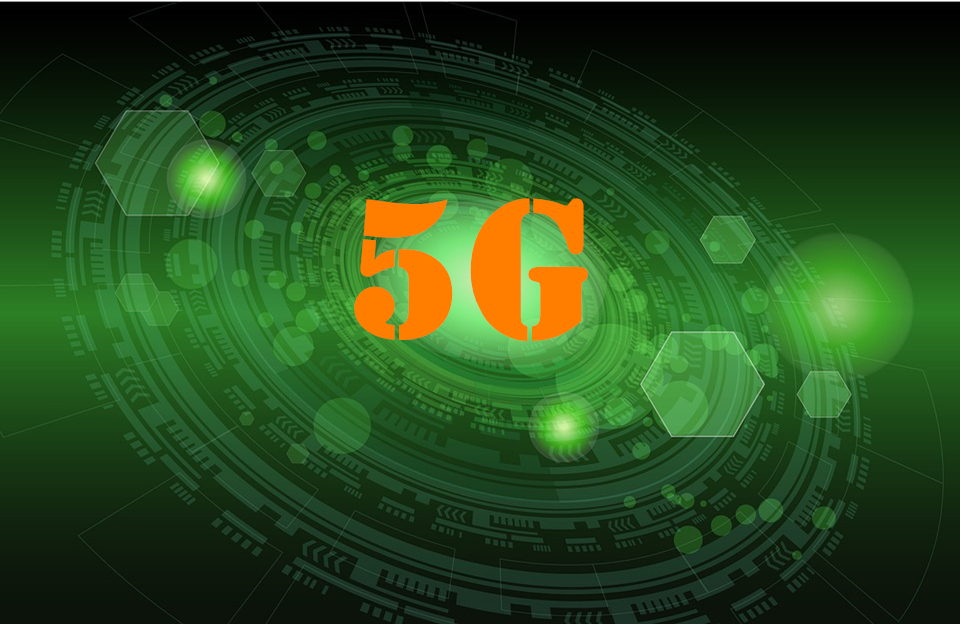When will 5G become mainstream, or has it already become mainstream?


Is 5G still waiting for the "killer app"? When will 5G become mainstream, or has it already become mainstream? The new research report reveals global 5G technology trends and provides the latest perspectives from nearly 200 stakeholders in North America, Europe, the Middle East and Asia Pacific who are directly involved in the development, implementation or adoption of 5G technology by leading telcos.
New 2022 5G Technology Trends Survey Report from Jabil and SIS Intl. The report shows a steady upward trend in 5G adoption and deployment. It also outlines the challenges for the adoption and deployment of 5G in the technical and commercial sectors. Key findings include that 65% of respondents expect 5G to significantly change the telecom industry, compared to 49% in Jabil's last 5G survey in 2018. Compared to 2018, few see 5G's progress relative to 4G as "incremental" (34% vs. 51%).
As for the question of how soon 5G will become mainstream, 14% of Jabil respondents believe it is already mainstream. However, more than half of respondents (64%) believe 5G will become mainstream within the next 1-3 years, while 19% expect 3-5 years and 4% expect 5G will take 5 years or more to become mainstream. The majority of stakeholders participating in the survey (59%) strongly agree that 5G will benefit telcos by creating new opportunities. Likewise, 53% of respondents said the transition to 5G will open the door to new business models. Could killer apps be the ticket to creating these anticipated new business models?
Less than half of respondents strongly agreed that the killer app will drive 5G to its true potential. However, the majority of respondents (58%) made it clear that they expect the next killer application of 5G to be most beneficial to business. only 20%
of respondents said they expect the next killer app to be consumer-facing. The vast majority of stakeholders (87%) say that commercial applications will adopt 5G solutions first, followed by enterprise applications, personal applications and healthcare applications. The top five industries respondents said would benefit from 5G were financial services, transportation, healthcare, defense and aerospace, and energy and utilities.
According to the Jabil/SIS survey, business model challenges are the biggest pain point organizations are trying to solve, followed by operational challenges, technology challenges, supply chain challenges and user/customer challenges. At the same time, among those organizations that are developing or implementing 5G networks, the biggest business challenge is creating a subscription model for 5G – although this percentage (31%) is much lower than the percentage in the 2018 survey (50%). Other key business challenges include government regulations and top vendor qualifications for market share. Unsurprisingly, the most cited 5G technical challenge in the study was spectrum availability (32%), and it is worth noting that a higher percentage of respondents (34%) said they had no technical challenges at all with 5G networks. Overall, the percentage of stakeholders facing 5G challenges has declined since the last Jabil/SIS survey in 2018, suggesting that the road to 5G is getting smoother. If most of these stakeholders are correct, mainstream adoption of 5G is only a year or two away.